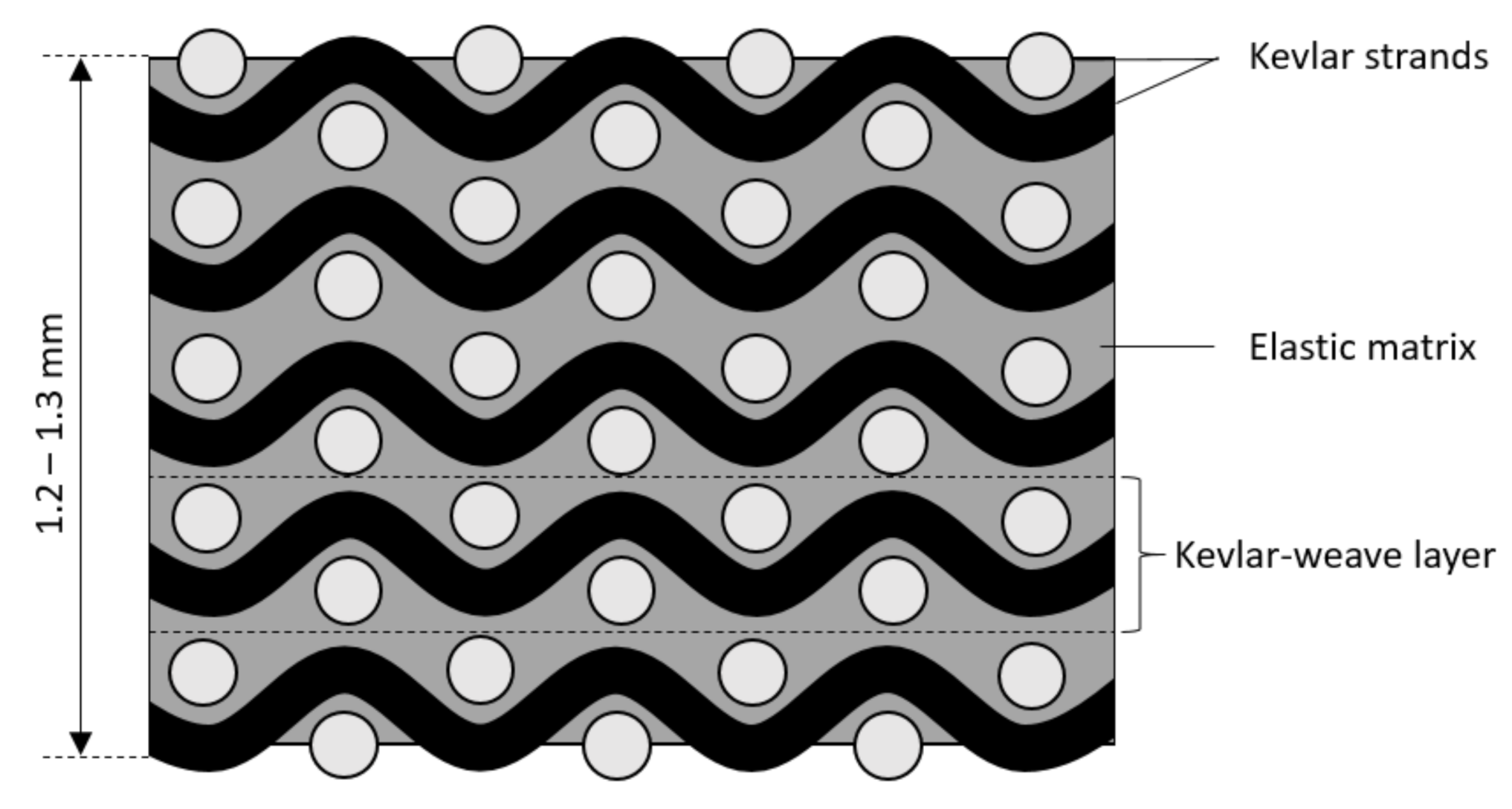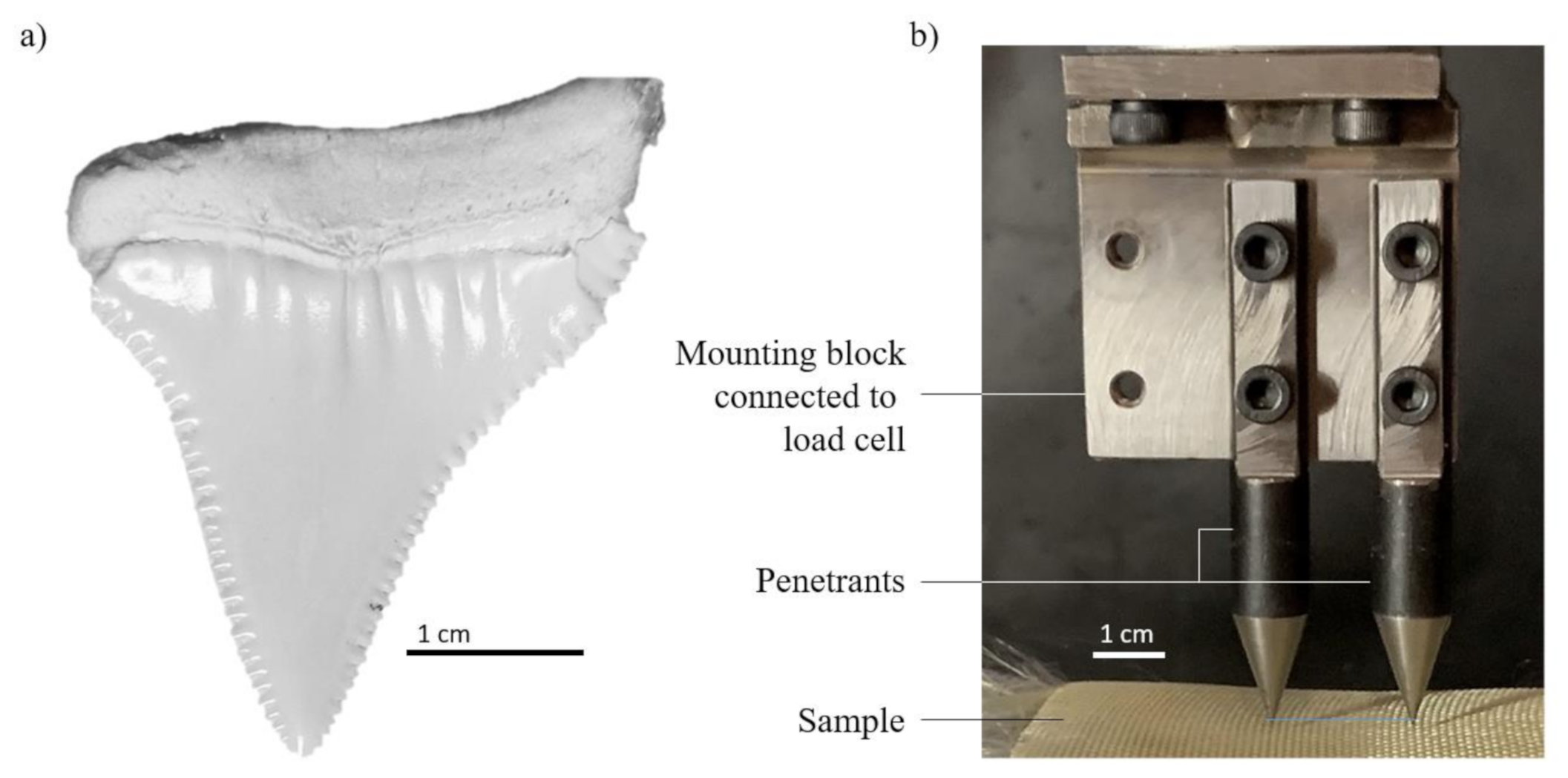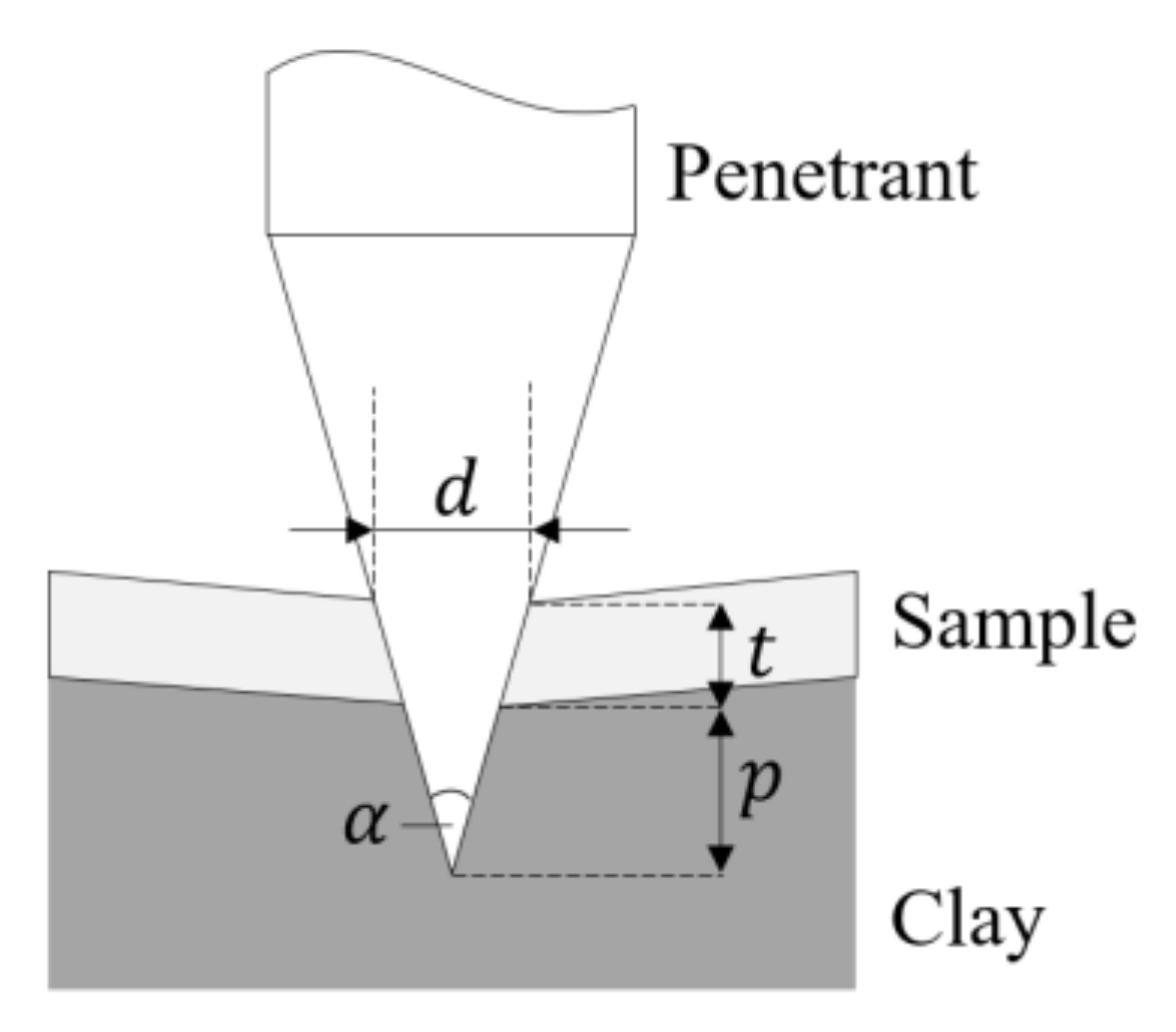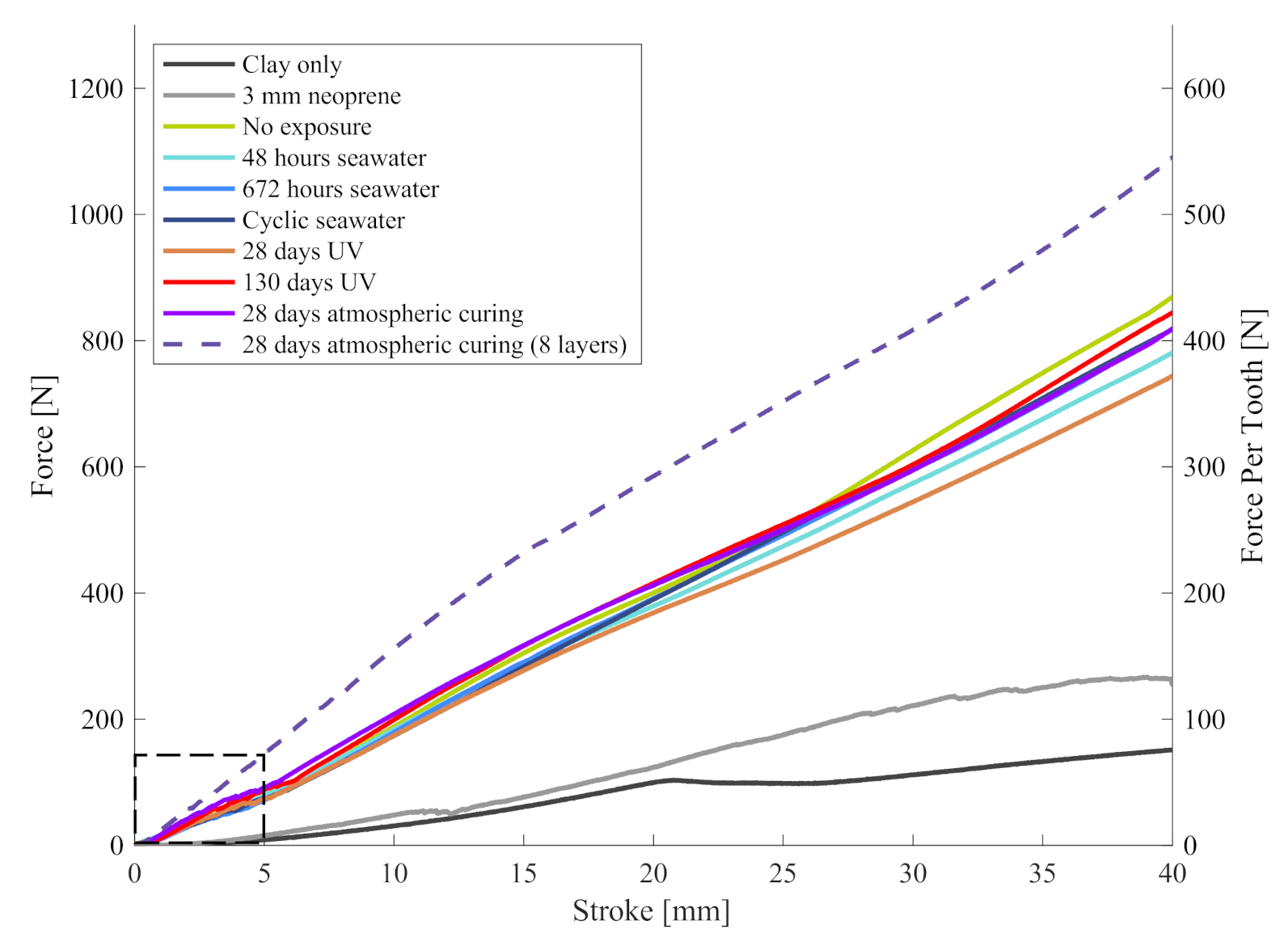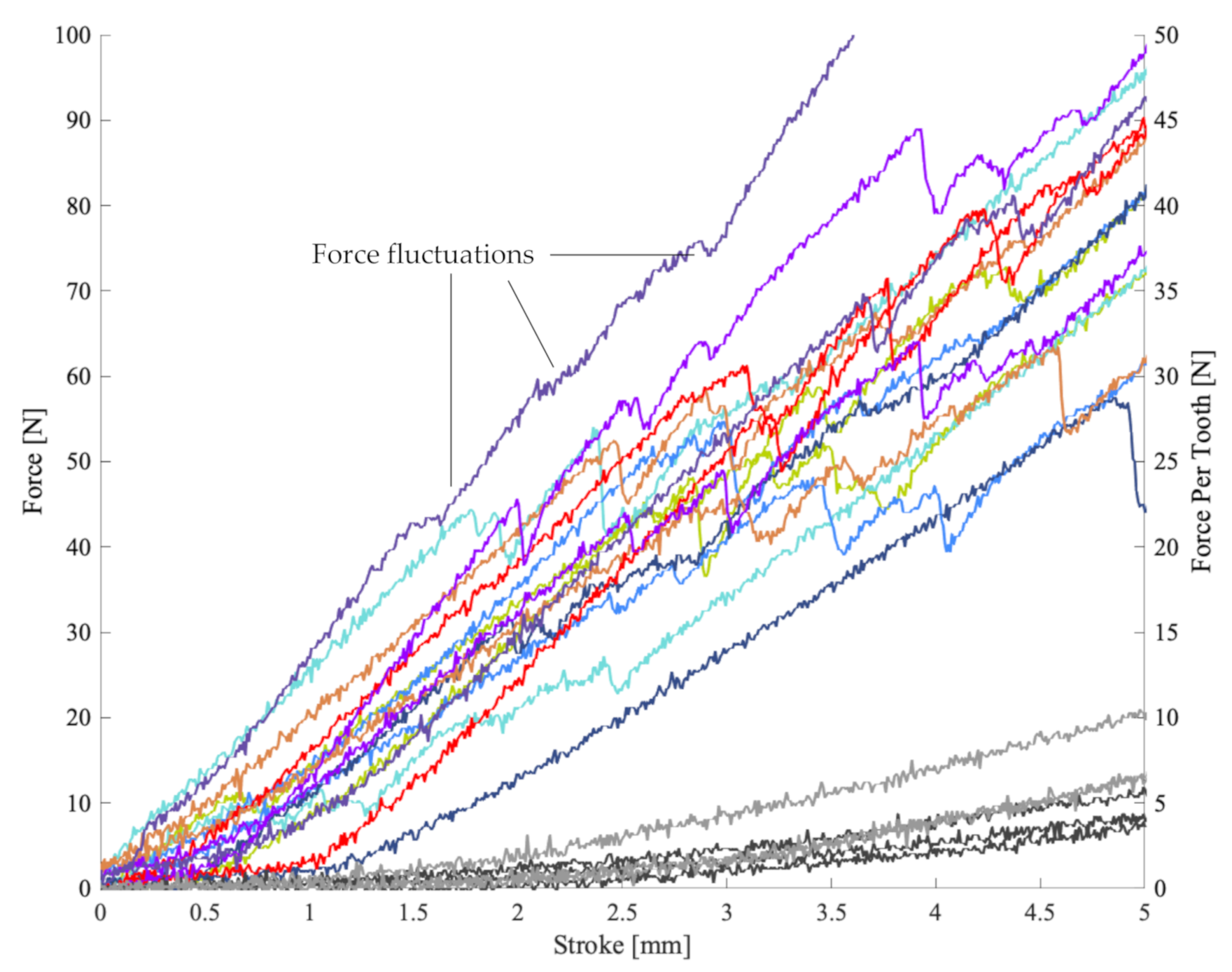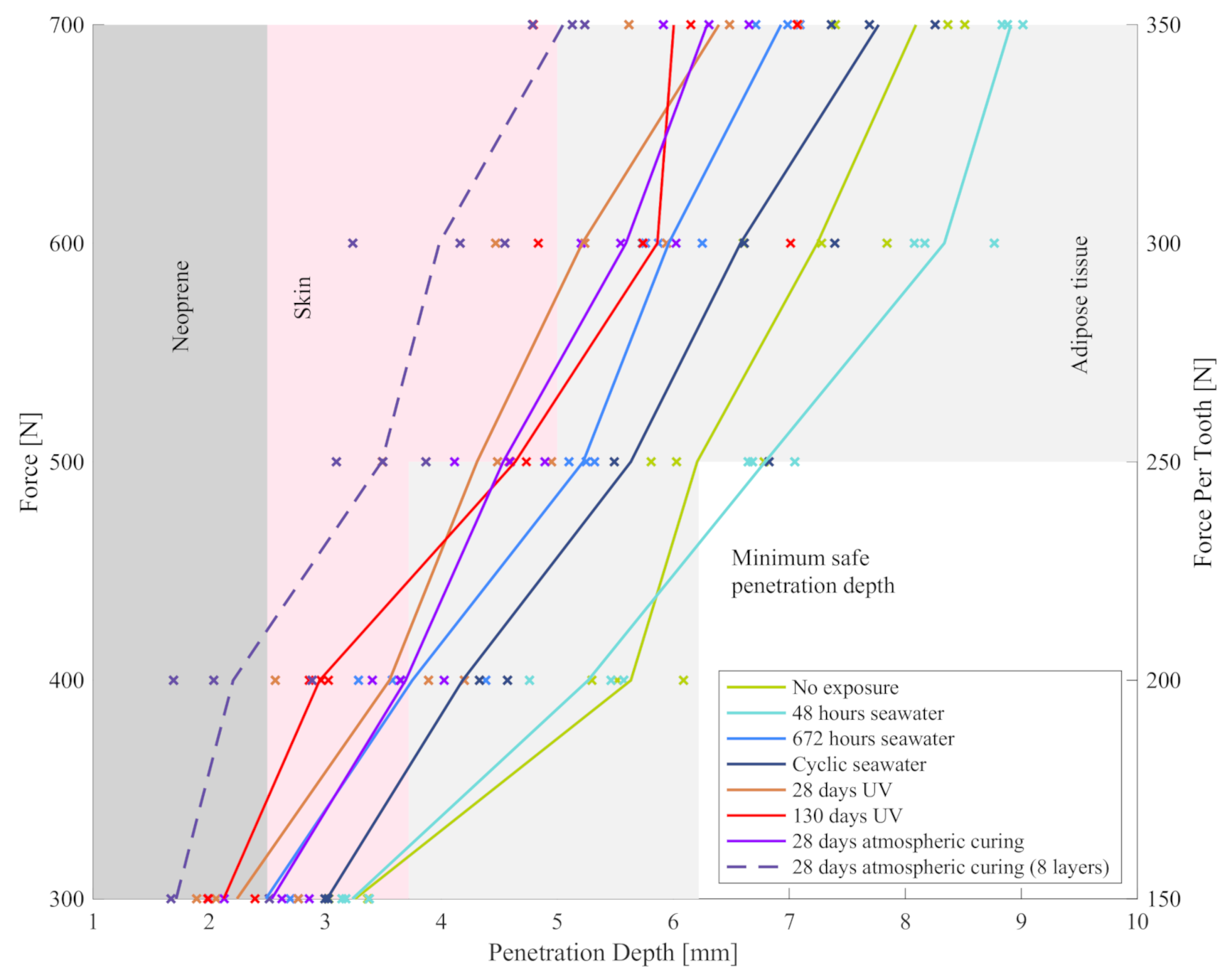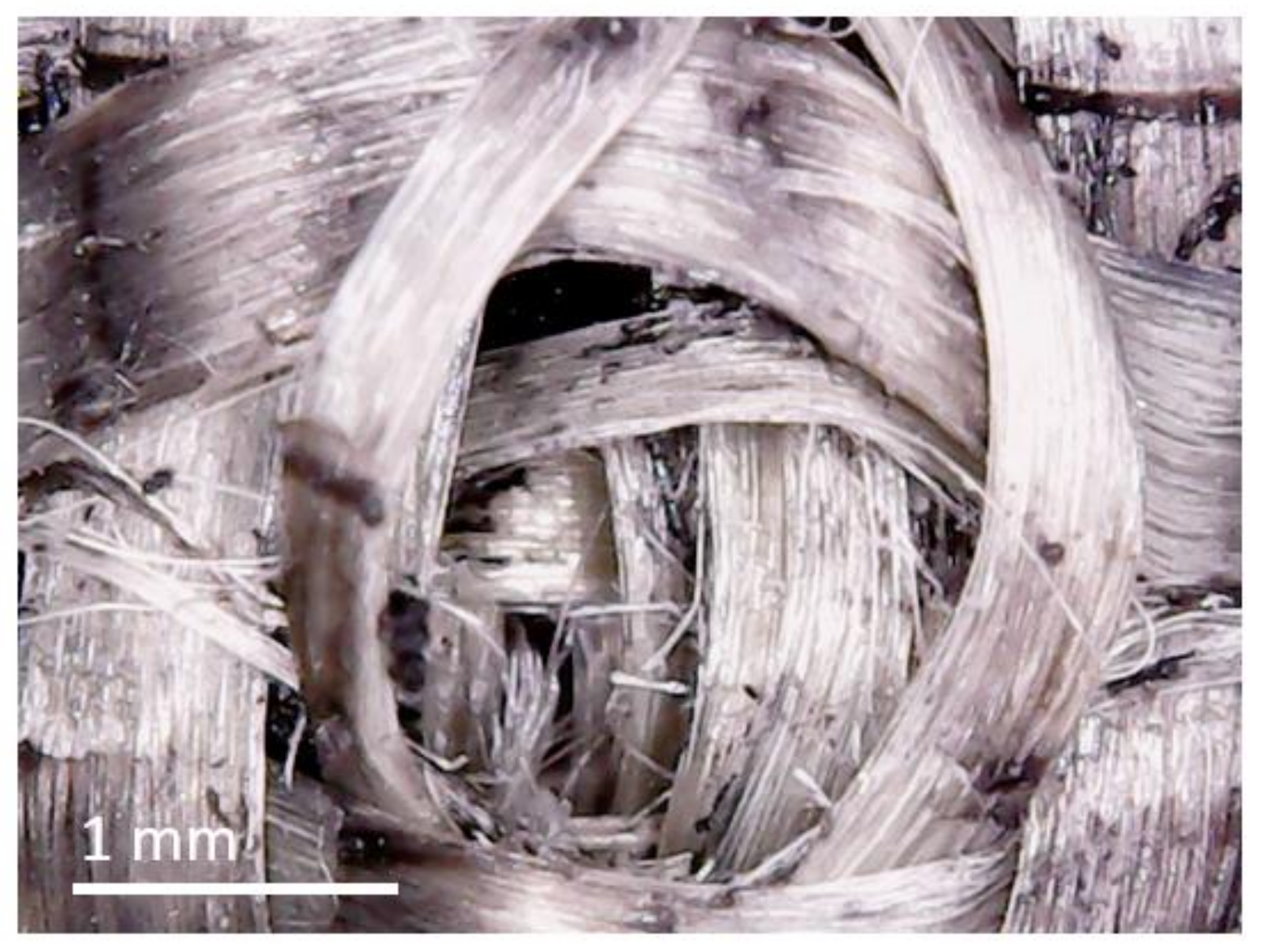1. Introduction
Despite its relatively small population, Australia is one of the world’s shark bite hotspots [
1] with one of the highest numbers of human–shark interactions after the USA. Australian shark attack data has been recorded since 1791. To standardise reporting, the Australian Shark Attack File (ASAF) [
2] was created in 1984 to update Australian shark attack cases and their outcomes. According to this data, three shark species are responsible for fatal attacks in Australia in the two decades following 1990:
Carcharodon carcharias (great white shark),
Carcharhinus leucas (bull shark), and
Galeocerdo cuvier (tiger shark). During this time,
Carcharodon carcharias was accountable for 68% of all unprovoked shark attack fatalities in Australia. Approximately half of these fatal attacks occurred during surface activities, mostly surfing (33%), whilst the remainder occurred whilst the victim was submerged, predominantly SCUBA diving (40%). Victims wearing a wetsuit account for 49% of all shark-attack cases, indicating that protective wetsuits may be an efficient measure to mitigate the severity of shark attacks. Since 1990, 139 injuries or fatalities were recorded and 61% of injuries occurred to the legs and 14% to the arms, whilst only 12% recorded bites to the torso. The recent rise in Australian shark attacks from an average of 6.5 per year (1990–2000), to 15 per year (2000–2010), and 22 per year since 2011 coincides with an increasing population and growing popularity for water-based activities [
3]. A 2017 report by the Environment and Communications References Committee [
4] recommended supporting the development of personal shark deterrent devices. The most common is an electromagnetic field generator ordinarily worn on an individual’s wrist or ankle; however, a recent study found that these devices showed limited effectiveness against
Carcharodon carcharias [
5]. Other approaches include the usage of sound to deter approaching sharks [
6] and camouflage [
7]. Another widely discussed strategy is the usage of surveillance drones [
8] for the early detection of sharks to enable the pro-active evacuation of endangered ocean users. Drones seem particularly promising on patrolled beaches, but are unlikely to be widely adapted in remote locations. Somewhat more controversial is the suggestion to remove “problem individuals” from the shark population [
9]. This approach is based on the assumption that fatal shark bites are linked to individual sharks rather than environmental factors or shark population densities.
Even the combined large-scale implementation of the technologies outlined above seems unlikely to eliminate the risk for future shark bites. Hence, there is a need for additional protection that can be used to complement the existing protective measures. Fibre-reinforced composites are commonly used in ballistic armour [
10,
11] and as protection against cutting injuries [
12]. However, our preliminary tests indicated that these materials perform poorly when subjected to a sharp penetrant such as a shark tooth. Therefore, we propose a novel fibre-reinforced composite material to mitigate the severity of shark attacks. A similar approach was recently tested in an unrelated study [
13]. These authors combined ultra-high molecular weight polyethylene fibres (UHMWPF) with neoprene to improve the protective properties of wetsuits. Uni-axial penetration testing using a single shark tooth was conducted, and peak forces prior to sample penetration were recorded. The integration of UHMWPF successfully increased puncture loads by a factor of approximately three compared to standard neoprene. It was further noted that the decreased flexibility of reinforced neoprene might negatively affect the wearer’s comfort and performance. Their comprehensive study further investigated the resistance of protective materials to sawing motions and in-vivo animal testing.
A comparison between ballistics damage and shark bites presents vastly different load cases; however, research into the composition and makeup of composites will carry between fields of research. Ballistic protection has long incorporated Kevlar composites that reduce trauma depth and absorb vast quantities of energy associated with projectile impacts. It was determined by Yavaş et al. [
14] that trauma depth increases with a decreasing number of total layers in the composite samples tested. The energy absorption capability also decreases with a reduction in total number of layers. A decrease in energy absorption is explained due to the straining and fracture of yarns, delamination of plies and layers, friction energy between plies, and the mobility of yarns.
In the current study, we propose a Kevlar fibre reinforced composite embedded inside an elastic polymeric matrix. This is the first study to present this novel material and its degradation due to UV and seawater exposure. The design of this material poses a formidable optimisation challenge, balancing the best possible protection against the need for minimum weight and stiffness. Uni-axial penetration tests using shark teeth equivalents are performed in a controlled laboratory environment mimicking the loads of a shark bite. The tested samples contain five layers of plain weave Kevlar with an overall thickness ranging from 1.17–1.37 mm or eight layers from 1.92–1.98 mm. Prior to testing, selected samples were subjected to UV exposure and saltwater immersion to test for changes in the material’s performance.
3. Results and Discussion
Figure 4 shows the overall force (left
y-axis) plotted against the penetrant stroke. The averaged force–stroke curves of each sample group are plotted and test groups (see
Table 1) can be distinguished based on their line colour. The control tests (black) were conducted directly on the clay block without mounting any sample. Control tests were repeated periodically to ensure that penetrant and clay block did not change throughout the experiments. The same clay bock was reshaped and utilised for all experiments and no change in its properties was observed.
Group 1 tested standard neoprene wrapped around the clay bock thus mimicking the protection offered by conventional wetsuits. At low strokes below 20 mm, no significant difference between clay-only and neoprene samples is found. However, at higher strokes a force increase of approximately 50% is observed which may be explained by the elastic stretching of the neoprene. In [
13], the puncture forces of protective materials have been measured to be between 400 N and 1150 N. Due to significant differences in the experimental setups (e.g., real shark tooth versus sharpened steel cone, different mounting of the sample, and dissimilar support materials) a direct comparison of these forces is invalid. As an example, the setup in [
13] resulted in a 3 mm neoprene puncture force of 250–450 N. In contrast, we observed 3 mm neoprene penetration at tooth forces below 120 N. However, it may still be possible to compare force ratios of the protective material relative to the neoprene. Following this approach, we obtain an improvement factor of ~3.2 in the current study, which compares well to the ratio 3 observed in [
13].
Group 2 (no exposure) exhibits the maximum forces at any given stroke (considering 5-layered samples). It is closely followed by Groups 4 and 5, which have been exposed to seawater for an extended time. Group 4 had been continuously submerged for 672 h, whereas Group 5 was removed and dried for 12 h each day before being reinserted, resulting in an effective submersion time of 336 h. The similar results of Groups 4 and 5 suggest that (i) no significant change occurs after 336 h immersion in seawater and (ii) repeated drying and formation salt crystals have no significant effect on the materials force–stroke characteristics. Interestingly, Group 3 (48 h seawater exposure) exhibits a slightly decreased load curve. UV exposure has been tested on sample Groups 6 and 7. The data suggests a decrease of the force after 28 days of UV exposure. However, samples exposed for 130 days show similar force–stroke curves to non-exposed samples (Group 2) and thus no conclusive trend can be derived. Overall, little deviation of the force–stroke data is observed for sample Groups 2–7, indicating a similar stiffness of these materials.
For comparison, Groups 8 and 9 were manufactured and cured at atmospheric conditions without exposure to sunlight or seawater. The force–stroke curve of Group 8 (five layers) closely resembles reference Group 2, even so a minor decrease of forces is observed. As expected, the addition of three supplementary Kevlar layers (Group 9) distinctly increases the force at any given stroke. This is partially attributed to the increased stiffness of these samples, which distributes the penetrant force over a larger surface area of the supporting clay.
A magnified view of the force–stroke curves in
Figure 5 reveals distinct oscillations of the initial forces at strokes <5 mm. These fluctuations are attributed to the partial penetration of the Kevlar layers by the steel penetrants. The likely mechanism is windowing where the penetrant tip pierces through the gaps of the outermost Kevlar weaves. In some cases, multiple oscillations are visible which likely correspond to the initial penetration of individual Kevlar layers. As clearly visible in
Figure 4, forces stabilise and increase steadily at a higher stroke. It appears that the elastic polymer matrix prevents further windowing and distributes the penetrant force over a larger sample section, thus activating the high strength of the Kevlar weaves.
High forces in
Figure 4 are most likely related to an increased sample stiffness, which distributes the penetrant load over a larger section of the supporting clay. To better interpret these forces, it is important to remember that tests were aborted at a stroke of 40 mm to prevent collision between the penetrants and the metallic sample support. The reason for the large observed strokes was the deformation of the supporting clay that flowed away from the indentation site. If one assumes a similar behaviour of human soft tissue, sharks are unlikely to develop significant bite forces against such relatively soft targets. The 800 N to 4700 N bite forces of
Carcharodon carcharias with 3.1 to 3.6 m length were measured using load cells [
13]. These metallic devices exhibit a significantly higher stiffness than soft tissue, which enables the animals to develop higher bite forces. Similar bite forces have been predicted in numerical studies based on muscular and bone structure analysis of
Carcharodon carcharias [
19,
20]. In addition, the exerted bite force will likely be distributed amongst multiple teeth and thus be spread over a larger surface area. This will reduce the effective bite force per tooth, which should be considered when interpreting
Figure 4 and
Figure 5. Nonetheless, high overall bite forces will likely result in severe compressive tissue injury and bone fracture. Such injury could be diminished by increasing the stiffness of the protective material; however, this would negatively affect mobility. It is thus important to note that the proposed composite will not protect effectively against such injuries. Instead, the key aim is to prevent the cutting of major arteries by shark teeth, a common cause of fatalities in shark attacks. This risk is addressed in
Figure 6, which displays the force versus the penetration depth beyond the protective material.
The main protective mechanism of the novel composite is to limit penetration into the underlying tissue. If the protective material is mounted on a standard wetsuit with a neoprene thickness of 3 mm, tissue penetration will only commence after piercing the neoprene. During testing, the neoprene is compressed reducing its effective thickness to ~2.5 mm. This value was obtained by repeating selected tests with and without supporting neoprene and comparing the observed penetration depths into the clay. As a result, dermis penetration commences for some samples at a tooth force of ~150 N (see Groups 2 and 3). Surprisingly, apart from the eight-layer samples, the lowest penetration was observed for the UV exposure Groups 6 and 7, which on the other hand exhibited the lowest average penetration force at any given stroke (see
Figure 4). Indeed, the highest penetration was observed for the non-exposed Group 2 and the 48 h seawater exposure Group 3. It is thus hypothesised that during UV exposure and, to a lesser degree, seawater immersion of the polymer matrix in the composite undergoes additional cross-linking resulting in improved penetration resistance. This effect clearly outweighs any possible performance reduction due to exposure. This theory is supported by good performance of sample Group 8 (28 days atmospheric curing) which resembles the UV groups. Increasing the number of Kevlar layers to eight (Group 9) distinctly decreases the penetration depth below 5 mm at the maximum load. In the case of neoprene (Group 1), penetration was measured to be 8.46 mm at 100 N and 12.28 mm at 150 N. Therefore, this data is not visible in
Figure 6 and confirms that neoprene by itself is ineffective in preventing tissue penetration.
The penetration depths at 700 N range from 4.9 mm to 9.0 mm. It is important to interpret these values in the context of human anatomy. The average thickness of the human skin at the thigh has been measured to be in the range of 1.22 mm [
21] to 1.97 mm [
22] and is plotted as pink areas in
Figure 6. Quantification of the adipose tissue layer thickness showed a strong variation between 1.48 mm to 31.6 mm with an average value of 7.92 mm (see grey areas). This adipose tissue data relates to patients suffering from diabetes and may deviate systematically for a population that engages regularly in aquatic sports. Hence, a conservative estimate of 2.5 mm is selected to represent vulnerable humans with thin adipose tissue layers. Assuming that major arteries are located predominantly underneath these layers, the acceptable penetration depth ranges from a minimum of 6.72 mm to an average of 12.89 mm (see
Figure 6). Most cured samples satisfy the lower threshold and all tested samples fulfil the criterion based on the average values. Increasing the layer number to eight safely limits tissue penetration to non-critical depths. In summary, the protective material successfully limits penetration to a depth where damage of major arteries is unlikely to occur.
Figure 7 shows a magnified photograph of the penetration testing site. The image was taken from a sample of Group 5; however, no significant difference between sample groups was observed. A small fraction of fibres have been cut, but windowing is clearly the predominant failure mechanism. Windowing is most pronounced in the topmost layer facing the penetrant. The image suggests that the polymeric matrix successfully suppresses windowing within the inner layers, thus counteracting penetration.
The current study demonstrates the feasibility of the proposed composite material to limit penetration into vulnerable tissue. However, the study has some inherent limitations, which will be addressed in our future research. Shark bites may involve complex motion sequences such as head shaking where the animal attempts to “saw” into its prey by activating the serrated tooth edges [
13]. These are not captured in the current experimental setup. Furthermore, survivable shark attacks are often classified as ‘exploratory’ bites where the animal quickly withdraws after a bite to minimise its risk of injury from an unfamiliar prey [
23,
24]. It is thus unclear how animals will react when biting against the protective material. A previous study [
13] had to utilise stimulants (sections of southern bluefin tuna) to entice the animals to bite on samples; however, this approach may have fundamentally altered the animal’s response. Testing samples with live animals still seems the best approach to obtain reliable data—accounting for the complexity of bite motion, momentum transfer, and shark behaviour—and will be pursued in our future research.
